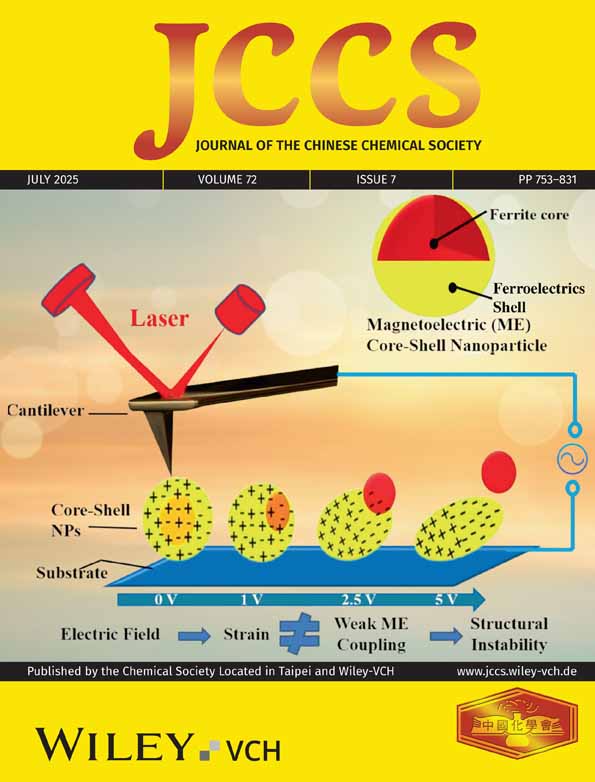Chitosan nanogels-mediated AIE self-assembly of copper nanoclusters for highly sensitive detection of the anticancer drug methotrexate
Abstract
In this study, a facile and fast aqueous-phase synthetic method for preparing chitosan-based fluorescent nanogels (CS) by exploiting the aggregation-induced emission (AIE) property of copper nanoclusters (Cu NCs) is proposed. Owing to the spatial confinement provided by the crosslinking network structure in chitosan-based nanogels and the electrostatic interaction between positively charged chitosan nanogels and negatively charged Cu NCs, the fluorescent intensity of the as-prepared CS-Cu NCs was increased by approximately 17-fold compared with that of Cu NCs. The fluorescence quantum yield is increased by more than four times; the as-prepared CS-Cu NCs exhibited a quantum yield of 64.12%. Additionally, CS-Cu NCs exhibited significantly improved stability in aqueous solution, including excellent oxidation resistance, high anti-salt stability, good thermal stability, and enhanced capacity of anti-photobleaching. These properties provide a fundamental guarantee for the application of Cu NCs with AIE property in the biosensor and bioimaging. Upon the addition of the anticancer drug methotrexate (MTX) to CS-Cu NCs, their fluorescent intensity was markedly quenched. Based on the observed fluorescence-quenching phenomenon of CS-Cu NCs induced by MTX, a novel fluorescence quenching nanoprobe was designed for detecting the labeling amount percentage of commercially available methotrexate tablets. The experimental results validated that our proposed nanoprobe exhibits a wider dynamic linear range and excellent accuracy with a low limit of detection (LOD) of 4.16 μM, thereby expanding the potential application of chitosan-based nanogels encapsulating metal nanoclusters presenting AIE property in pharmaceutical quality control.
CONFLICT OF INTEREST STATEMENT
The authors declare no conflicts of interest.
Open Research
DATA AVAILABILITY STATEMENT
Data can be made available on reasonable request.




